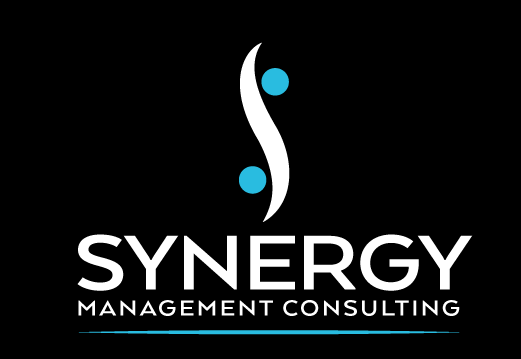
Conduct a Materiality Assessment
Conducting a materiality assessment is an important step in developing an effective ESG (environmental, social, and governance) strategy. A materiality assessment helps determine the ESG issues that are most important to a company and its stakeholders, and helps inform the development of ESG goals and initiatives.
There are various methods that can be used to conduct a materiality assessment, including stakeholder engagement, expert consultation, and data analysis. Stakeholder engagement involves gathering input and feedback from shareholders, employees, customers, suppliers, communities, and other stakeholders to understand their concerns and priorities. This can be done through focus groups, surveys, or other methods. Expert consultation may involve seeking input from industry experts, sustainability consultants, or other knowledgeable individuals. Data analysis can involve reviewing financial and non-financial data to identify trends and patterns related to ESG issues.
It is important to consider the specific needs and priorities of your stakeholders when conducting a materiality assessment. This may include evaluating the environmental and social impacts of your operations and supply chain, as well as the governance practices of your company. For example, if your stakeholders are concerned about climate change, you may need to prioritize reducing your carbon emissions and developing more sustainable products and services. On the other hand, if your stakeholders are more concerned about workplace diversity and inclusion, you may need to focus on increasing the diversity of your workforce and promoting inclusivity in your business practices.
A materiality assessment is a process that helps determine the environmental, social, and governance (ESG) issues that are most important to a company and its stakeholders. Conducting a materiality assessment is an important step in developing an effective ESG strategy, as it helps inform the development of ESG goals and initiatives that are meaningful and impactful. There are several methods that can be used to conduct a materiality assessment, including stakeholder engagement, expert consultation, and data analysis.
Here are some steps you can follow to conduct a materiality assessment:
- Define Your Scope:
Determine the specific areas of your business that the materiality assessment will cover. This may include your operations, supply chain, products and services, and governance practices.
- Gather Input from Stakeholders:
Engage with shareholders, employees, customers, suppliers, communities, and other stakeholders to understand their concerns and priorities. This can be done through focus groups, surveys, or other methods.
- Consult with Experts:
Seek input from industry experts, sustainability consultants, or other knowledgeable individuals who can provide insights and perspectives on ESG issues.
- Analyze Data:
Review financial and non-financial data to identify trends and patterns related to ESG issues. This may include analyzing data on your environmental and social impacts, governance practices, and financial performance.
- Identify Key ESG Issues:
Use the information gathered from stakeholder engagement, expert consultation, and data analysis to identify the ESG issues that are most important to your company and its stakeholders.
- Prioritize ESG Issues:
Consider the relative importance of the identified ESG issues, and prioritize those that are most material to your business and stakeholders.
- Communicate Your Findings:
Share the results of your materiality assessment with your stakeholders, and communicate how the identified ESG issues will inform the development of your ESG strategy.
- Review and Update Regularly:
It is important to regularly review and update your materiality assessment to ensure that it remains relevant and reflects the changing needs and priorities of your stakeholders.
Once you have conducted a materiality assessment, you can use the results to inform the development of your ESG goals and initiatives. This may involve setting specific targets and milestones, and allocating the necessary resources and budget to achieve these goals. It is important to regularly review and update your materiality assessment to ensure that it remains relevant and reflects the changing needs and priorities of your stakeholders.
Overall, Conducting a materiality assessment is an important step in developing an effective ESG strategy. By gathering input and feedback from stakeholders, consulting with experts, and analyzing data, you can identify the ESG issues that are most important to your company and its stakeholders, and use this information to inform the development of meaningful and impactful ESG goals and initiatives.
Over the next 12 weeks we will expand on each point to give you a much deeper understanding of the next steps to take in developing your Environmental, Social, Governance Strategy.
Don’t miss a post in this series, please subscribe to our blog, or feel free to reach out to us to develop your customized strategic plan and road map.
Ready to start a conversation about achieving breakthrough results?


